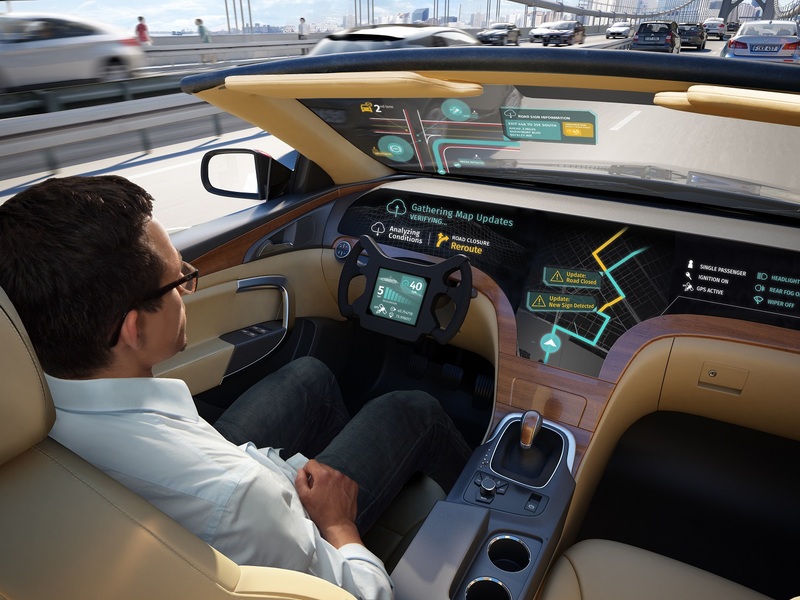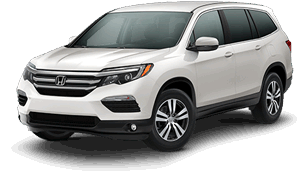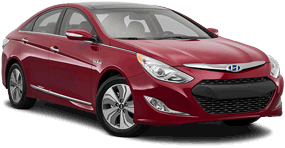Anyone who has tried to use the GPS systems in most new cars will tell you that smartphone navigation systems do the job better. Google Maps, Apple’s Maps, and Waze are just a few of the GPS navigation apps on smartphones that work well for getting you from point A to point B. They’re easier to use and updated often. As a result, in-car navigation systems often go unused. That might change in the future. Thanks to machine learning and crowdsourcing vehicle data, in-car navigation may become the very best option for getting around quickly and safely.
Companies like Garmin, TomTom, and HERE Will Lead the Way
Garmin and TomTom might not seem like they’re at the cutting edge of this technology. You probably think of the unsightly GPS systems that sit on top of the dash, but they and companies like them, provide automakers with mapping data and user interfaces for in-car systems. They do far more than make the outdated external GPS systems.
These companies have to continually innovate and come up with improvements. Another major player is HERE. It's a map data and navigation company and is owned by Audi, BMW, and Daimler. Like Garmin and TomTom, it's pushing the envelope in interesting ways. For example, the HERE system that will debut in the new 2019 Audi A8 and the 2019 Porsche Cayenne will learn the driver’s habits, common routes, and preferences to make apt suggestions while traveling. It pairs this type of learning with other common navigation features like weather, traffic, and road conditions.
Garmin and TomTom are chasing the same kind of technology. Harold Goddijn, CEO of TomTom, told The New York Times his company has taken steps to spot trends in traffic by collecting and analyzing data on a large scale. One of the big problems with the advancement of navigation technology is the fact that no company collecting and analyzing data wants to share their work.
Companies Will Need to Share Data

Right now automakers are developing complex navigation systems both for regular, human-operated vehicles and autonomous vehicles. Part of the technology that could help drive the cars more accurately and efficiently is the sharing of information from one company to another.
This sharing of map data could greatly reduce the amount of time it takes navigation systems to advance their technology. If companies share data, they won’t have to go through the process of coming to a conclusion that one of their competitors has already made. James Wu, the founder of upstart map data company DeepMap, told Financial Times that many companies are wasting resources.
“Everyone is trying to develop their own in-house HD map solution to meet their self-driving needs, and that doesn’t scale,” said Wu. He went on to say that this lack of sharing data and wasted resources will likely be one of the biggest factors keeping autonomous cars from becoming a product you can go out and buy any time soon.
The same can be said of in-car navigation systems installed on vehicles that are human-operated. The systems would likely become more advanced much faster if automakers and navigation companies worked together. Instead, every company has its own proprietary software and way of doing things.
Over-The-Air Data Transfer
One of the biggest problems with in-car systems is that most of them store information locally, meaning if drivers want to update the data, they have to go into a dealer and have the technician there give the GPS the latest information. There’s often a fee associated with this cost, and if you don’t want to pay it, you’re stuck with either an outdated map for your GPS or you’ll have to use your smartphone.
Some vehicles have the ability to perform over-the-air updates, but that isn’t available in every vehicle. For in-car navigation systems to compete with smartphone apps, and especially in the context of autonomous vehicles, the systems will have to support automatic updates.
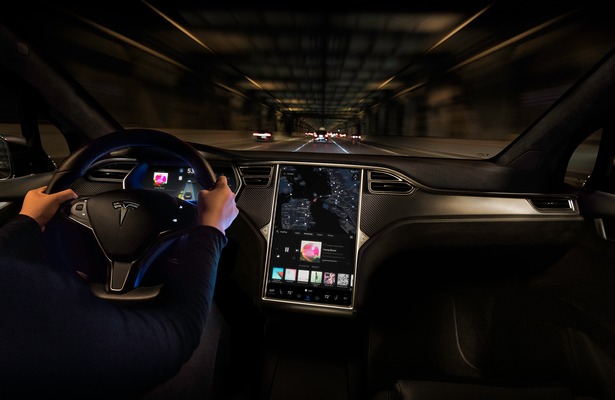
Things like road conditions can greatly impact the route and the way in which an autonomous vehicle drives. The same could be said for vehicles driven by humans. If you know the road is slick or a portion of it under construction ahead, you’re likely going to slow down. With over-the-air updates and data transfers, cars could receive updates and send communications to other vehicles automatically.
This will necessitate some new data collection sensors installed on vehicles. Don Butler, Ford’s director of connected vehicles and services, told The New York Times that only about 14 percent of vehicles on the road have the necessary sensors to relay road condition information. It would take some time to change that figure. Until it does, some features like car-to-car communications will be limited for in-car navigation systems.
Features a Future In-Car System Could Have
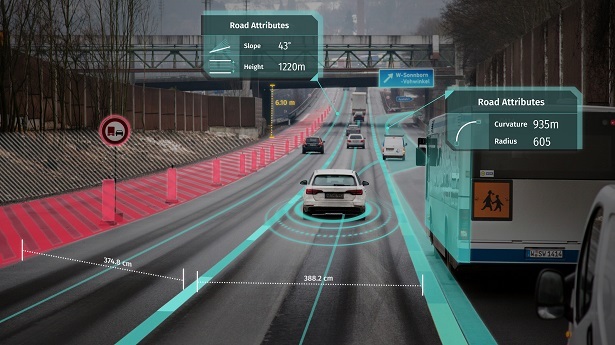
In an ideal world, if in-car navigation systems were able to go in the preferred direction of the automakers and mapping companies behind them, they would be able to guide the car in more ways than just a simple GPS map and turn by turn directions.
In-car systems would take into account road conditions, weather, construction, traffic, and all the other things they currently do as well as communicate with other vehicles and receive live updates to all of the things previously listed. They would also include location data, like topographical information that would help the vehicle account for curves, rises in elevation, and road surface conditions to find the quickest and safest route, and it would do all this all in real time. The systems would also learn driver behavior, preferences and habits to get the most accurate information as quickly as possible.
Companies are also experimenting with 3D mapping software for autonomous vehicles, and this technology will be included in future systems, too, to help more accurately pinpoint the location of a vehicle and then guide it. All of these features, if executed properly, would make the navigation systems applicable for autonomous driving, but it would also help with human-driven cars by reducing the amount of work the driver actually has to do when traveling.
At the moment, smartphone navigation apps seem to be dominating the automotive GPS scene, but if companies like Garmin, TomTom, HERE, DeepMap, and all of the automakers have anything to say about it, in-car navigation systems will come back in a big way.
